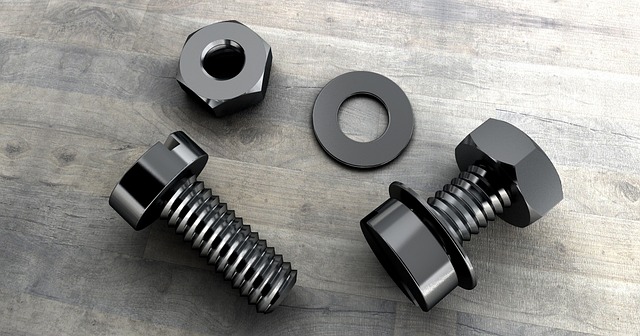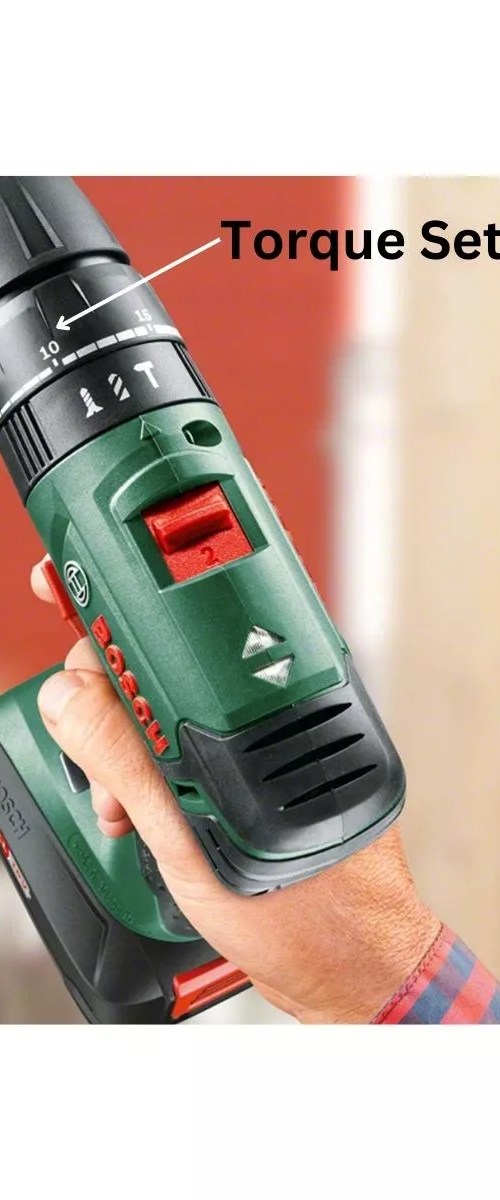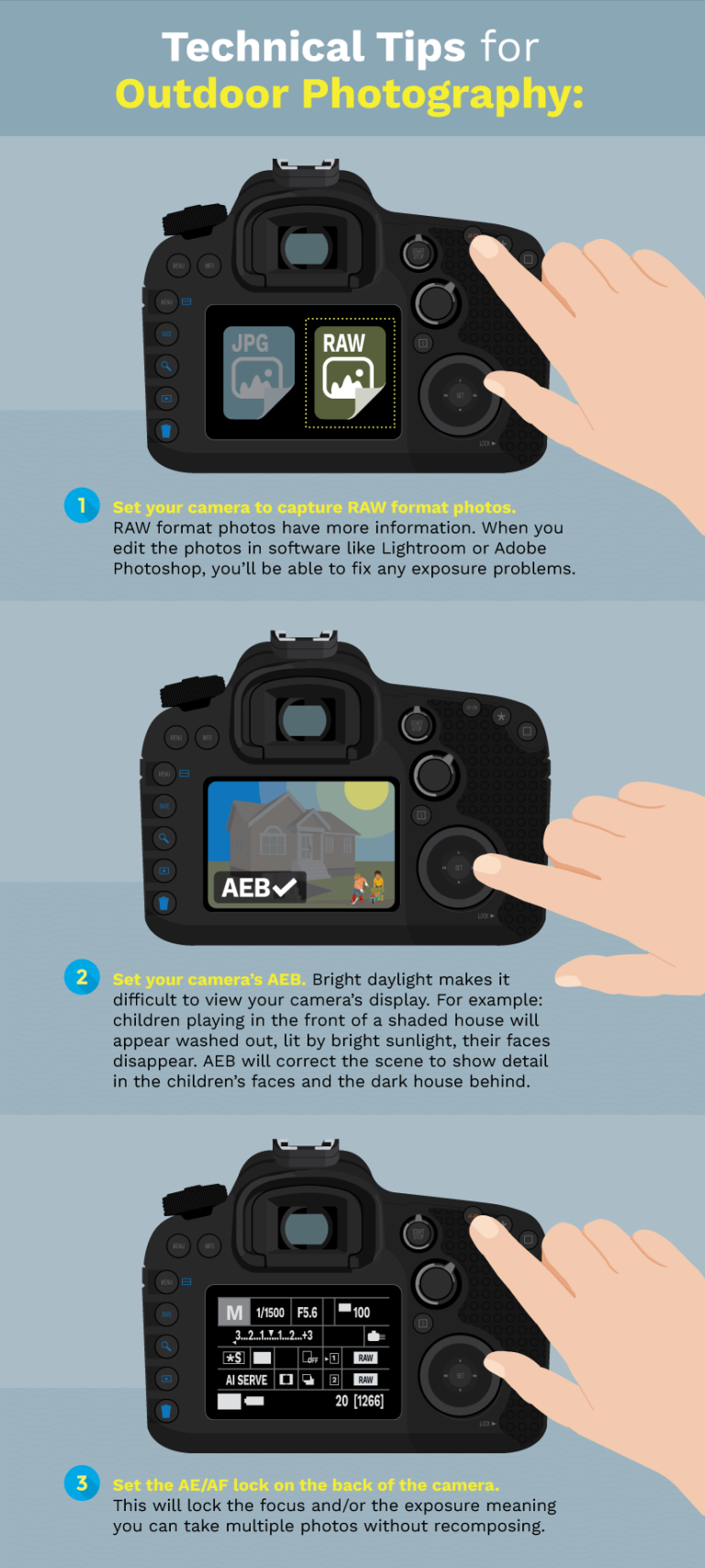Master Proper Exercise Form
Mastering Form
Learn the Proper Way to Deadlift, Squat, and Plank While Exercising!
(function(d){
var f = d.getElementsByTagName(‘SCRIPT’)[0], p = d.createElement(‘SCRIPT’);
p.type = ‘text/javascript’;
p.async = true;
p.src = ‘//assets.pinterest.com/js/pinit.js’;
p.setAttribute(‘data-pin-hover’, true);
f.parentNode.insertBefore(p, f);
}(document));
function openWin() {
myWindow = window.open(“http://www.youtube.com/channel/UCHGLUxlObWaCOcDTYiuZFPA?sub_confirmation=1”, “0, 0”, “width=575, height=325”); // Opens a new window
AnalyticsTrackEvent(‘Social’, ‘Subscribe’, ‘YouTube’);
}
I hate using the word “wrong” when it comes to workouts. The way I see it, if you’re trying to
change your life, you’re doing something new – and new isn’t always familiar or easy. Intimidation
is one of the biggest roadblocks to getting someone into a gym or fitness studio in the first place,
so the moment we put fear or shame into someone’s mind is the moment they often go back to the couch.
At the same time, safety is incredibly important. Even the best intentions can lead to serious injuries, torn ligaments,
broken bones, and long-term back and shoulder issues , so a little preparation is vital before pounding the weights.
Here are a few of the most common mistakes I see people make at
the gym or fitness studio:
Hyperextended Knees
Squats and lunges are some of my favorite moves to teach.
They work multiple muscles; you can performed them with no
weights, free weights or barbells; and you can modify them in
endless varieties. But the proper form is not instinctive.
The first thing to keep in mind is that your knees should
not go past your feet. Let’s look at the squat as an example.
Your glutes should go back and down, as if you’re sitting
in a chair, and you should keep your weight on your heels.
To make sure you’re going back far enough in the squat,
try this two-point test:
- Look down at your feet. Can you see your toes?
If your knees are blocking them, you’re too far forward.
Shift your hips back and concentrate on sitting in an invisible chair. - Once you’re in your squat, try wiggling your toes.
If you can’t do it without losing your balance, think
about shifting your weight into your heels. As you move
through the squat, keep your spine in a neutral position,
and don’t lean too far forward or too far back.
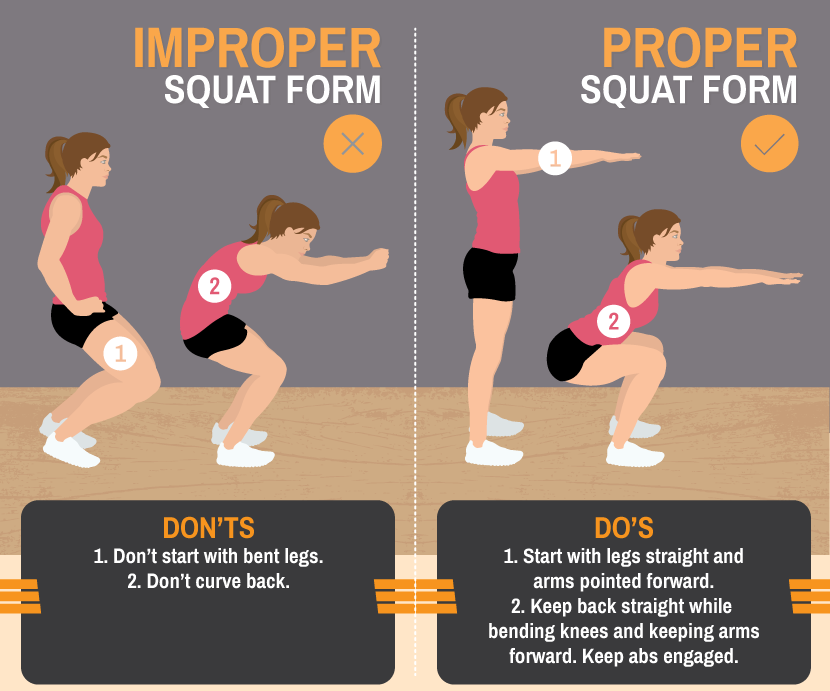
At the top, when you’re standing straight, keep your
knees a little loose. Locking them in place can be dangerous!
Push-Ups and Planks with Piked Hips
I include planks in every class I teach. I love this core workout!
Just like squats and lunges, you can use one of the many variations for
all fitness levels (try doing it with a two-year-old on your back!). To
target the right muscles and avoid a brutal back injury, keep a few things in mind:
- Try not to suck in your abdominal muscles. Because you’re
working on your abs, you might think you have to keep everything
tucked in and tight. What you really want to think about is keeping
the abs engaged. To practice, try grunting or saying “ha” as quickly
as possible. Your core actually feels as if it pushes out rather than
sucks in, and that’s the feeling you want to maintain. Don’t hold your
breath, but do your best to keep that tight core throughout the plank. - Keep your hips in line with your body. I often see students
piking their hips or lifting them into the air. While some variations
of the plank will have you in pike position, you generally want to keep
everything straight. Whether you’re on your hands or forearms, focusing
on this position can make a big difference.
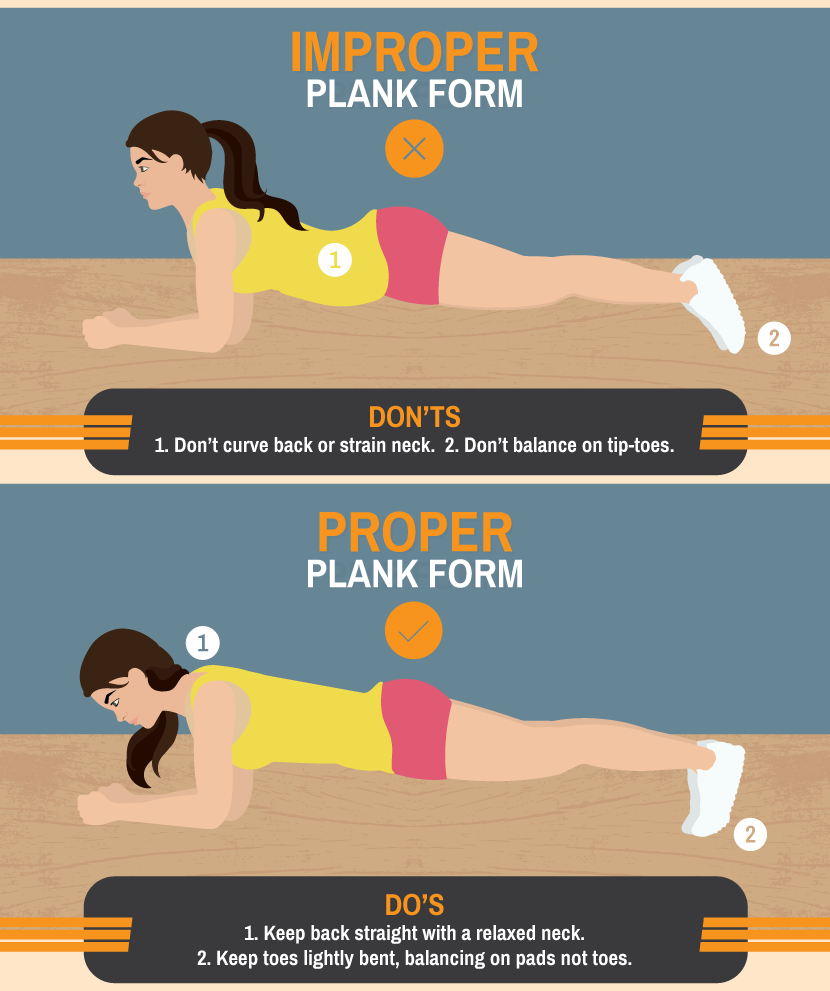
Using Inappropriate Weights
We’ve all seen those people at the gym who swing tiny free weights
or dumbbells up and down at rapid speeds or who load up the bench press
with so much weight that they can’t control the bar on the way down,
leading it to almost crush their chests.
Starting smaller and working up is the best option.
It can be extremely dangerous to jump to a higher weight too
soon, and it’s nearly impossible to perform a full set of
repetitions with good form, which is key if you’re overloaded and unstable.
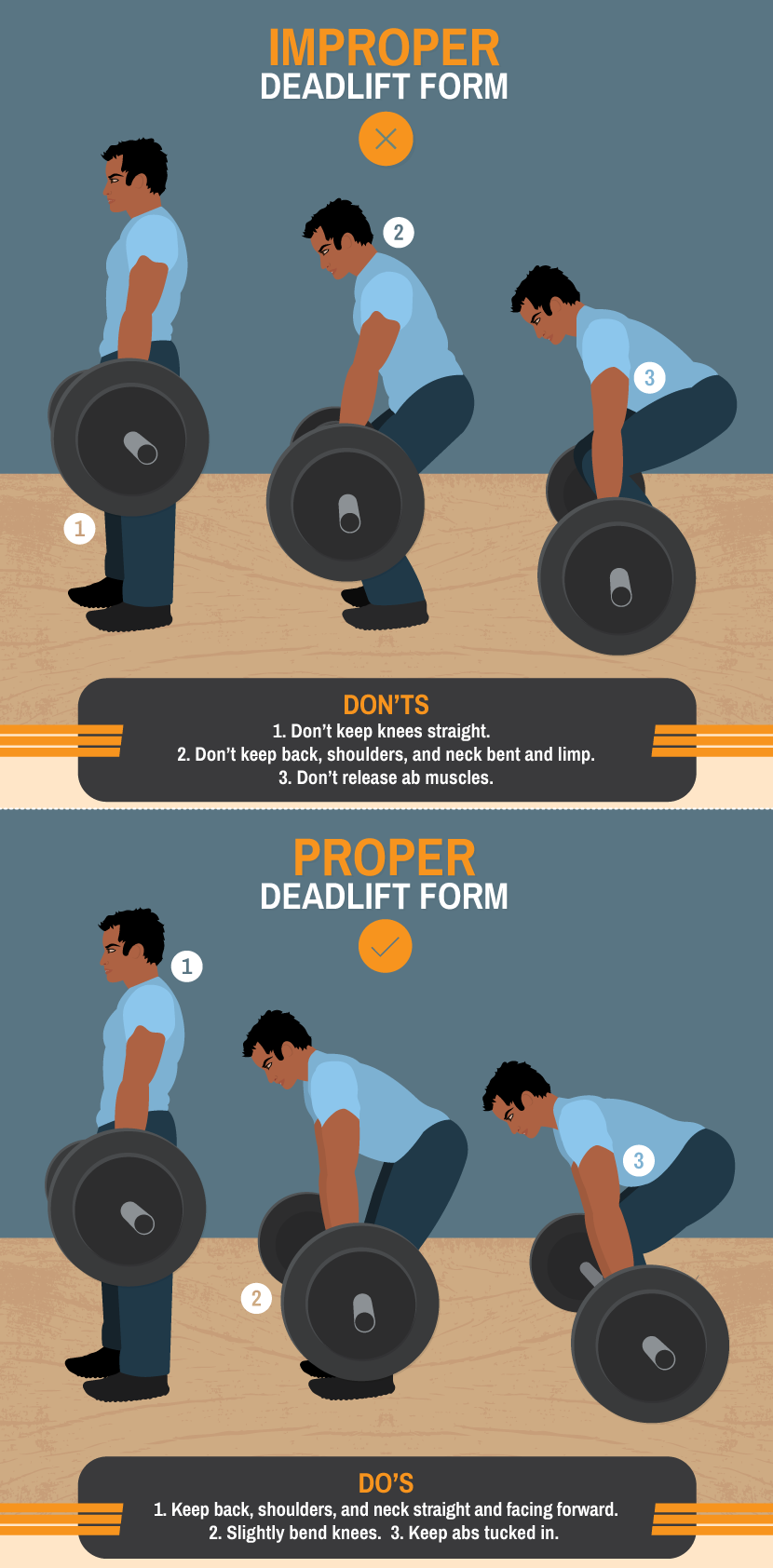
Going too light can also be a problem. You want enough tension on
your muscles to help you keep control on the way up and on the way down,
and you want to start seeing real changes in your strength and muscle tone.
So, here’s the test: can you do 8–12 reps with good form? If you can,
that’s a good sign. If the first few are okay but the last reps cause
you to fall out of alignment or drop the weights before finishing,
you might need to come down a bit. (Of course, if the weights are so
light that you swing them up and hit yourself in the head during a
bicep curl, it’s time to load up!) You’ll want to try this test with
all your body parts. Sometimes, our upper bodies are stronger than
our lower bodies, or one side might be stronger than the other.
The more you work out, the more you’ll start to balance out, and
then you can get things on track. Just remember to use the highest
weight that both sides of your body can properly lift until you’re ready to move up.
So, what’s a newbie to do? If you are just getting
started at the gym or in a class, don’t be afraid to ask
for help. No matter where you go, trained, certified
employees should be available; however, in many facilities,
trainers and instructors are asked not to approach clients
with unsolicited advice. They certainly can and should jump
in if something appears very dangerous, but staff members
know that trying to preach to someone can be a big turnoff.
However, we all love helping! So come ask us, “How does this piece
of equipment work?” or “Can you help me determine how much weight is
appropriate for this machine?” (If you don’t get a good answer or are
immediately pressured to sign up for a training session instead of
getting help, it may not be the right facility for you.)
(function(d){
var f = d.getElementsByTagName(‘SCRIPT’)[0], p = d.createElement(‘SCRIPT’);
p.type = ‘text/javascript’;
p.async = true;
p.src = ‘//assets.pinterest.com/js/pinit.js’;
p.setAttribute(‘data-pin-hover’, true);
f.parentNode.insertBefore(p, f);
}(document));
function openWin() {
myWindow = window.open(“http://www.youtube.com/channel/UCHGLUxlObWaCOcDTYiuZFPA?sub_confirmation=1”, “0, 0”, “width=575, height=325”); // Opens a new window
AnalyticsTrackEvent(‘Social’, ‘Subscribe’, ‘YouTube’);
}




